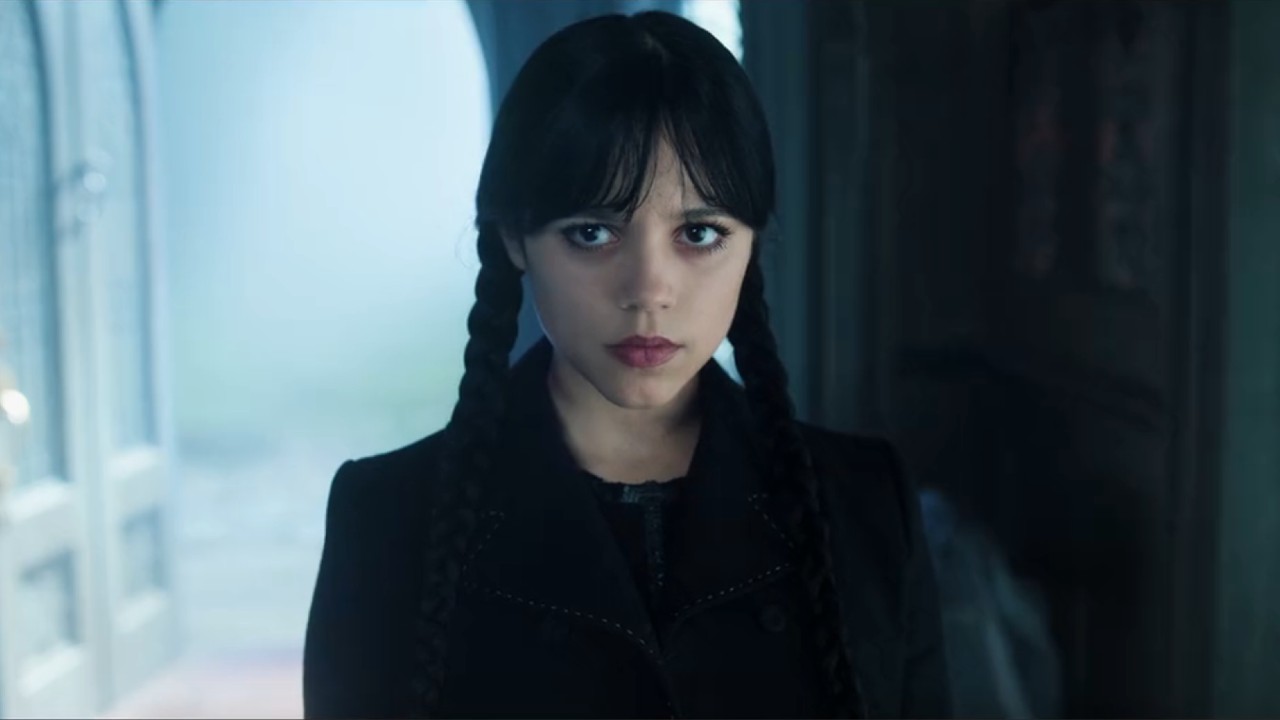How Stormtroopers Changed In Star Wars 7, And Why It Matters

In the Star Wars universe, we’re used to seeing stormtroopers as faceless, interchangeable goons with bad aim and shoddy armor. Starting with the clone troopers in Attack of the Clones, literally identical copies of the same person and used/viewed as little more than automatons bred for nothing more than killing and wearing pristine white uniforms into battle, the ranks swelled once recruits were accepted, though they still served a similar, faceless purpose. One thing that Star Wars: The Force Awakens changes, however, is that the people in the armor are no longer just anonymous footsoldiers, they're given, clones or not, more individuality. While that may seem like a small change on the surface, it’s actually massive and gives the story new shades of moral complexity.
Initially, when General Hux (Domhnall Gleeson) and Kylo Ren (Adam Driver) have a quick exchange about the capabilities of Hux’s troops, it feels like almost a throwaway line designed to do little more than explain why John Boyega’s Finn doesn’t look anything like the clones of Temuera Morrison. I didn’t even pay it much mind until the second time I saw the movie. Okay, stormtroopers aren’t clones anymore -- we know that, that's part of the canon -- they’re John Boyega, Daniel Craig, Gwendoline Christie, and more. That’s all that is really said on the matter, and it’s easy enough to let it sit at that and not give any more thought than that. Even though they haven't been clones for some time, The Force Awakens takes greater pains than ever before to differentiate them from one another.
On the surface, this is a relatively minor change, and for the most part, the role of stormtroopers doesn’t really change much in the larger narrative context. But for the first time it the saga, The Force Awakens gives these heretofore faceless shock troops a face, personalities, their own individual identities.
Finn is a stormtrooper who, during his first mission, doesn’t like what he sees and makes the conscious choice to not do that anymore, to escape and go AWOL. He’s a fully formed human being with thoughts and feelings and emotions and a moral sense of right and wrong, something no stormtrooper has ever been before. When his friend is killed in battle, he has a reaction, an emotional response. We’ve never seen a stormptrooper stop their stormtrooping to hold a dying comrade before. Hell, the fact that they have friends is something of a new concept -- we've assumed so, but never really seen it before. So right from the very first scene, we know that we’re in for something very different.
Granted, most of the stormtroopers we encounter in The Force Awakens appear to have wholly bought into the First Order party line. We see that on Takodana, the planet where Maz Kanata’s cantina is located, when one of Finn’s former colleagues, recognizing him, yells, "Traitor," and whips out his Z6 Riot Control Baton for a throwdown.
But even this rage, possibly even something that resembles hurt feelings, is very different look for a stormtrooper. We’ve never encountered this level of emotional investment from them before. Up to this point, it’s always they’ve always had a detached, cold, impassive approach to everything around them. Indoctrinated or not, drinking the Kool-Aid or not, not matter how deeply programmed they are, how much they believe, these new jack stormtroopers are still individuals. More than just First Order soldiers, they’re beginning to come across as fanatical, which makes them both much more frightening and dangerous. An acolyte, a true believer is much deadlier than a flat, indifferent foot soldier.
This isn’t the army of identical, homogenous soldiers that we’ve become accustomed to over the previous movies. They're not even volunteers anymore. Instead of being recruits, these new stormtroopers are essentially child soldiers, kidnapped from, as Finn says, families they’ll never know; brainwashed, programmed, and forced into servitude against their will.
Your Daily Blend of Entertainment News
Even though they don’t have a choice and are molded to become efficient, effective killing machines, as we see in Finn’s case, this programming doesn’t always take and can be broken. At this stage we’re accustomed to seeing swarms of these white-suited shock troops getting mowed down by Rebel, now Resistance, fighters. But knowing that they are essentially conscripts, unwilling participants (that was the only life Finn ever knew, and not one he chose), such mass killing becomes a messier proposition.
As Finn illustrates, despite the amount of brainwashing, despite the massive amount of institutional propaganda forced down their throats from birth, or at least very close, they have the potential to change. Such widespread, wholesale killing takes on a far more horrific tone. And it will be interesting to see if this plays into the Star Wars saga moving forward. Though it obviously didn’t have any impact on blowing up Starkiller Base and wiping out thousands of them, even Finn, who lived with them for his entire life, didn’t bat an eye at the prospect.
For the first time in the entire franchise, we’re led to look at stromtroopers as actual characters. We’ve always known they’re human, but this is a different scenario. They’re not faceless anymore, and with that one alteration, which seems minor upon first consideration, it changes a great deal for the Star Wars franchise.

